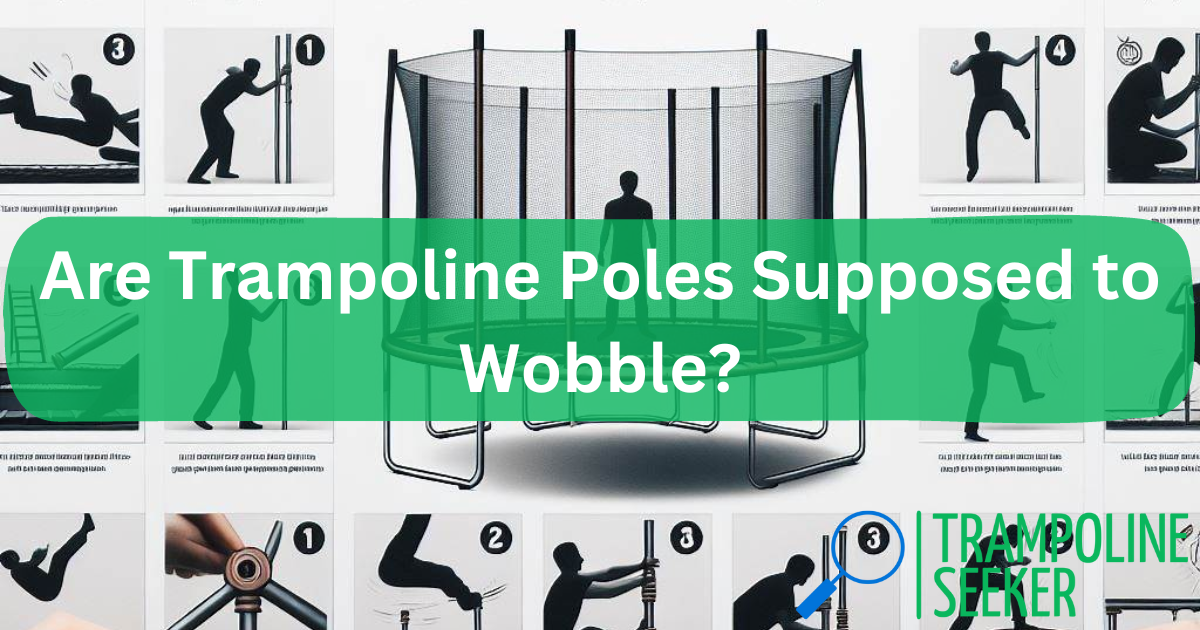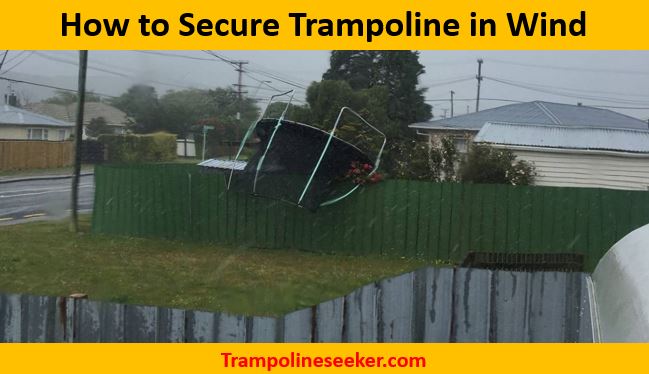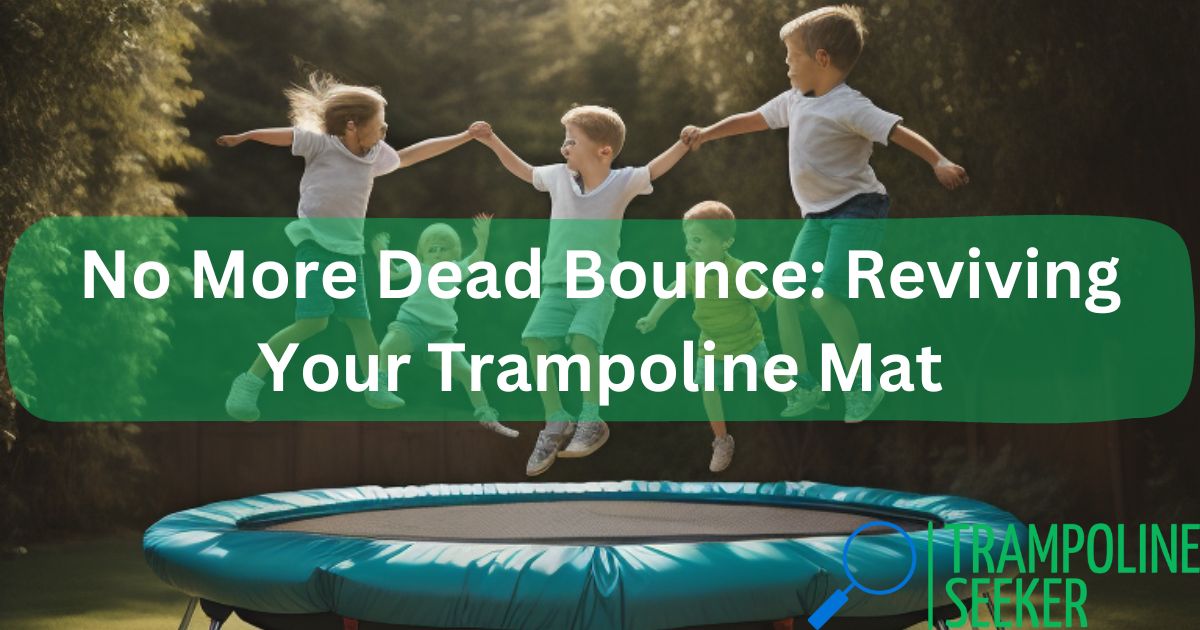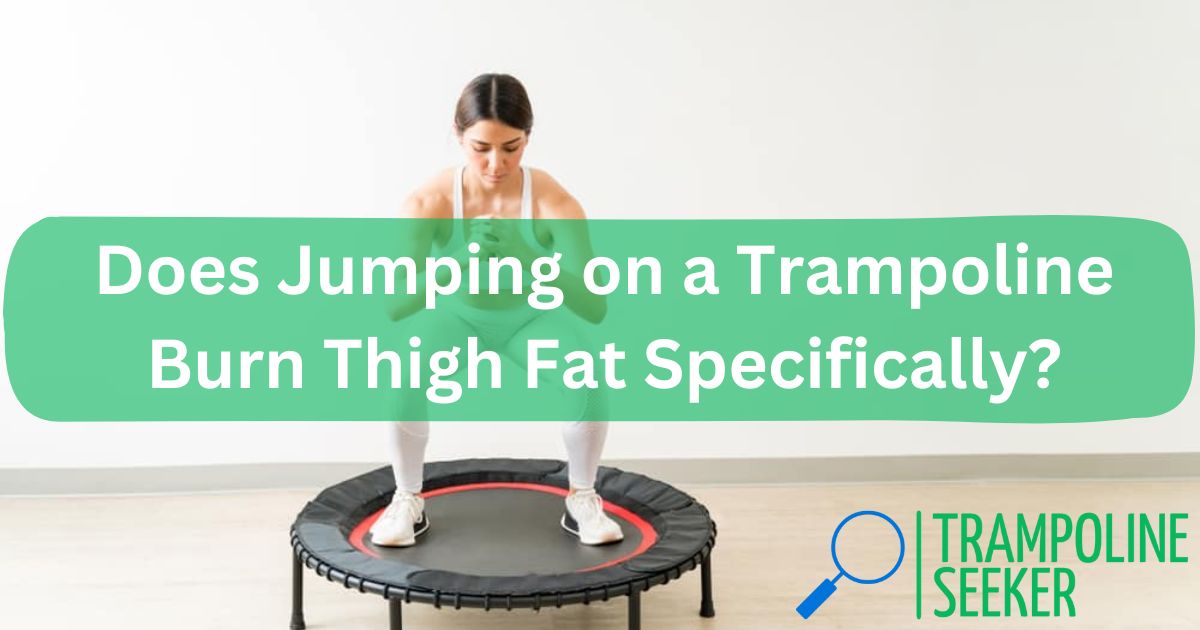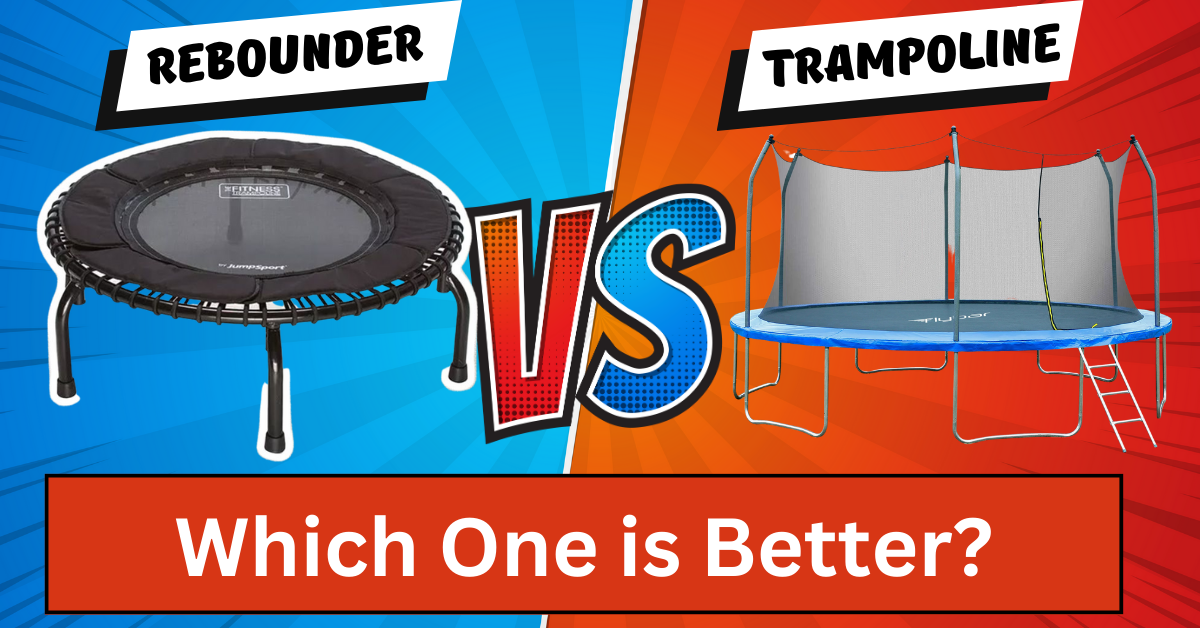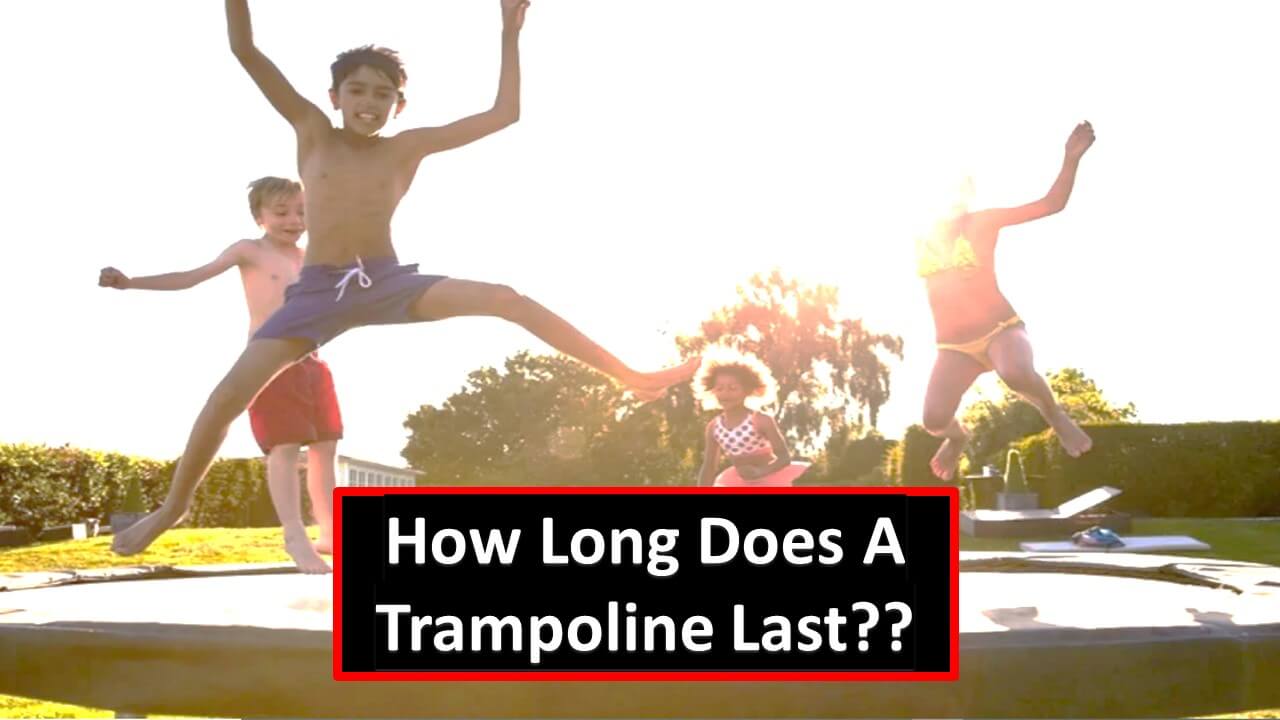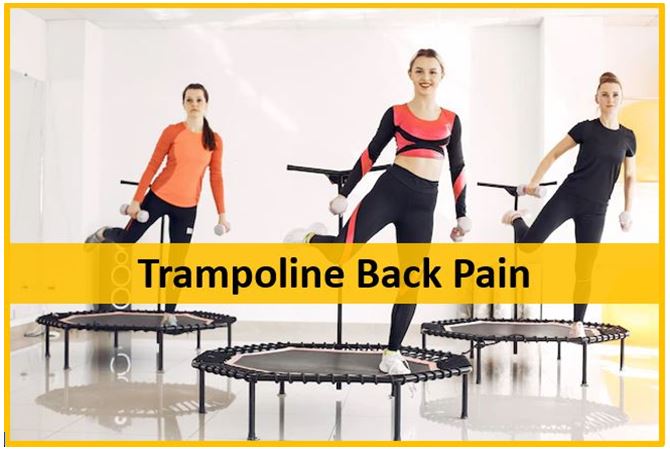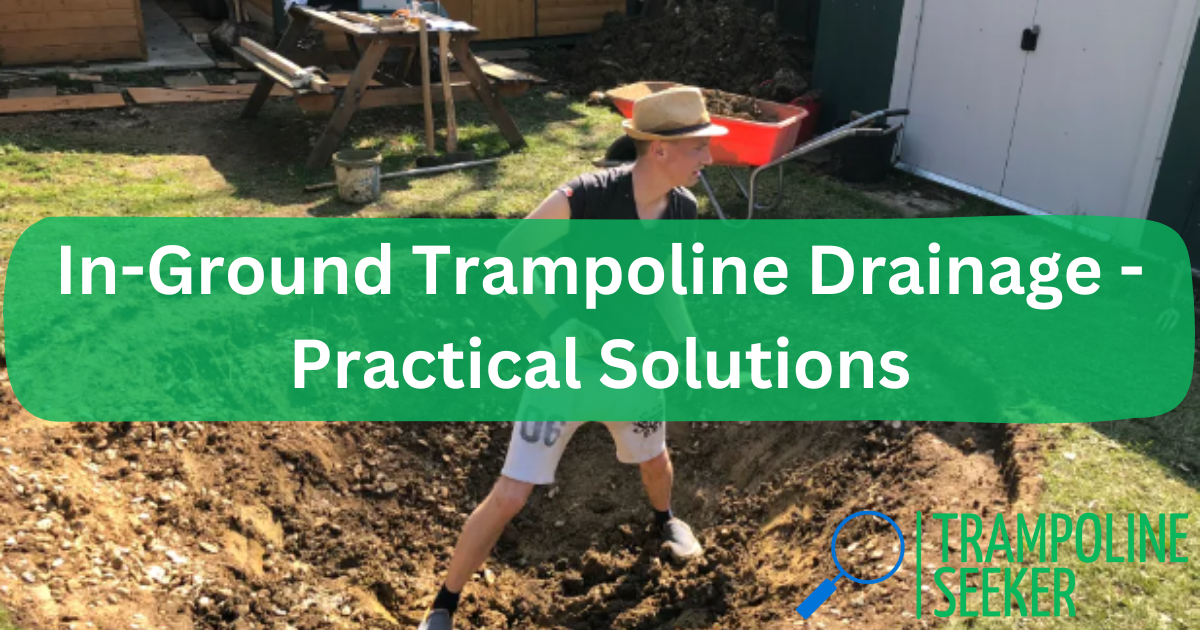Hello readers! I’m so glad you found my blog today. 😊 As a professional trampoline installer with over 15 years of experience, I get asked this question all the time: “How can I keep my trampoline from blowing away in high winds?” 💨 It’s a great question, and today I’ll share my top tips for properly securing your trampoline so it stays safely in place.
My Top Tips for Keeping Your Trampoline Anchored
Tip 1: Use Quality Galvanized Steel Anchors
I recommend using heavy-duty galvanized steel anchors designed specifically for trampolines. Look for anchors with at least 1/2″ diameter steel rods and deep spiral spikes. This will provide optimal strength and ground penetration.
Tip 2: Install Anchor Kits with Trampoline Legs
For the strongest hold, install anchor kits that connect directly to your trampoline legs. Attaching anchors to the legs stabilizes the entire frame.
Tip 3: Use At Least 6 Sturdy Anchors
I advise using a minimum of 6 anchors spaced evenly around your trampoline. This distributes the holding force and keeps the trampoline stable. Sturdy ground stakes are also effective supplements.
Tip 4: Check Local Wind Speeds and Install Accordingly
Review wind records for your area and install anchors suited for the maximum gust potential. In especially windy regions, use heavy-duty anchors and cross-connectors across the trampoline frame.
Tip 5: Set Anchors Deep In The Ground
For proper holding strength, anchors must penetrate deep into the ground. I recommend a minimum 12″ depth, or deeper in sandy soil.
Tip 6: Add WindSkirts for Extra Wind Protection
Wind skirts attach around the trampoline edges to create a barrier against wind gusts. While not anchors, they provide useful additional security.
Now that you know my top anchor tips, let’s look at how to install trampoline anchors for optimal security.
Step-By-Step Guide to Installing Trampoline Anchors
Installing quality anchors properly is key. Here are step-by-step instructions for setting up anchors on your trampoline:
Gather Your Supplies
- Trampoline anchor kit (at least 6 anchors recommended)
- Power drill with 1/2″ drill bit
- Sledgehammer
- Tape measure
Position Your Trampoline
- Place the trampoline in the desired location, ensuring the surface is flat and level.
Mark Anchor Locations
- Use the tape measure to mark the anchor positions evenly around the trampoline. Space them out from the legs.
Prepare Anchors and Drill Holes
- For each anchor location:
- Use the 1/2″ drill bit to drill a pilot hole in the ground (12″ depth or more).
- Insert the anchor rod fully into the drill hole.
- Use the sledgehammer to drive the anchor the rest of the way into the ground until the spiral spikes are fully submerged.
Attach Anchors to Trampoline Legs
- Connect the anchor tie-downs securely to the trampoline leg frames as shown in the installation instructions. Tighten all clamps fully.
- Repeat this process for each anchor, making sure they are evenly spaced around the trampoline.
Check Anchor Tightness
- After installation, check the tightness of each anchor and re-tighten as needed. The anchors should remain taut in the ground.
- Recheck anchors periodically, especially after high winds.
And that’s it! Properly installing heavy-duty galvanized steel anchors can make all the difference in keeping your trampoline stable in windy conditions. 💪
Trampoline Anchor Accessories for Extra Protection
In addition to anchors, here are some useful accessories to further protect against wind forces:
Spring Pull Ties
Connect these adjustable ties between the trampoline springs and frame to provide downward tension. This prevents the bouncing surface from lifting in wind gusts.
WindStakes
These ground stakes attach to the trampoline legs for added stability. They are longer than typical stakes and have greater holding power.
CoverSecures
These hold a trampoline cover in place even in heavy winds. Attach them between the cover edges and anchor system.
Using accessories like these in conjunction with anchors gives your trampoline maximum wind protection.
Frequently Asked Questions About Trampoline Wind Safety
Here are answers to some common questions I get about keeping trampolines secure in windy conditions:
How much wind can a trampoline withstand?
With proper anchors and installation, a trampoline can typically withstand wind speeds of around 50-60 mph before becoming unstable. In extreme wind conditions, additional precautions should be taken.
What’s the best anchor system for my area?
The optimal anchor system depends on factors like soil type, wind patterns, yard space, and local weather. My recommendation is to use heavy-duty galvanized steel anchors drilled deep into the ground. Connecting anchors directly to trampoline legs provides the most security.
Should I take extra steps before a storm?
Yes! Any forecasted storms with high winds require extra precautions:
- Double check that all anchors are tightened
- Install additional tie-downs if needed
- Weigh down the trampoline cover or remove it
- Disassemble the enclosure netting
- Move pillows/furniture inside the trampoline away from wind
How can I determine if my anchors are installed correctly?
Inspect each anchor carefully after installation to ensure:
- Rods are fully submerged in the ground at least 12 inches
- Spiral spikes are completely buried
- Tie-downs are tightly secured to trampoline frame
- Anchors remain tight and vibration-free when bounce tested
Reinforce any anchors that seem loose. Testing anchors before high winds hit is important.
I hope these tips help you keep your trampoline stable and securely anchored down! Please feel free to reach out with any other trampoline safety questions. I’m always happy to help! 😀👍
Conclusion
Thanks for reading my complete guide to keeping your trampoline from blowing away. I highly recommend using heavy-duty galvanized steel anchors properly installed deep in the ground and attached to trampoline legs. Take wind speeds seriously and use accessories like wind skirts, stakes, and tie-downs for optimal security.
With quality anchors and careful installation, you can have peace of mind knowing your trampoline will stay firmly planted, even on gusty days. Here’s wishing you many fun and safe trampoline memories with your family! Bounce on! 🏆
Articles You May Like to Read:





